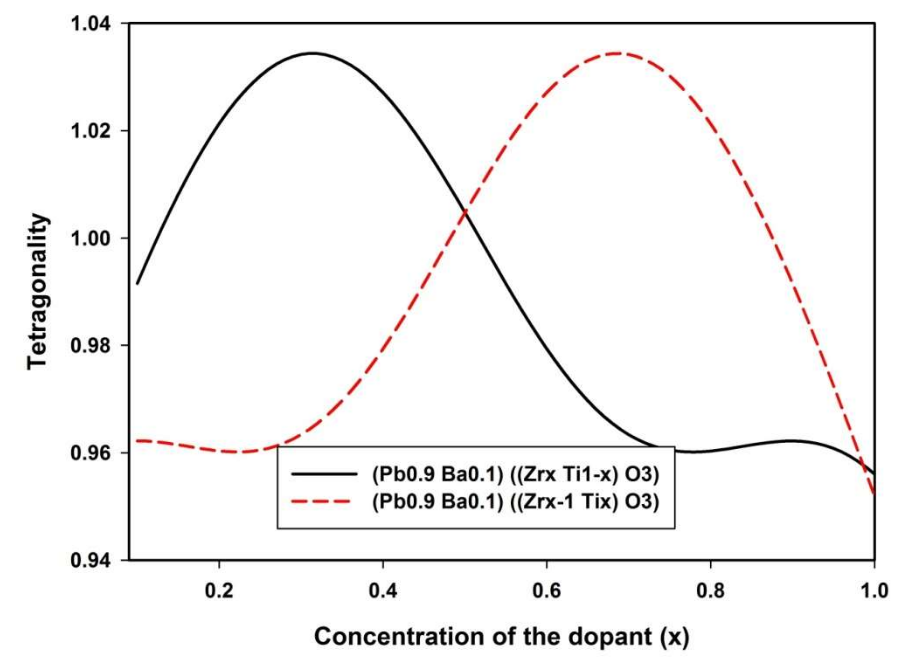Perovskite tetragonality modeling for functional properties enhancement using Newtonian search based support vector regression computational method
Keywords:
Support vector regression; tetragonality; distortion; perovskite; Newtonian based gravitational search algorithm.Abstract
Tetragonality occurs as a result of stretching the crystal structural lattice of perovskite along one of its lattice vectors such that the three axes are mutually perpendicular with two of the axes having equal lengths. This tetragonality distortion easily triggers functional properties such as pyroelectricity, ferroelectricity, capacitance and piezoelectricity among others, while synthesizing functional ceramics for a particular application. This work addresses and circumvents the challenges of experimental stress involved in functional ceramics synthesis by developing Newtonian search based support vector regression (GSB-SVR) model for perovskite tetragonality prediction using dopants concentration and ionic radii as the model predictors. The performance of proposed GSB-SVR model is compared with the existing method and better performance is obtained. The influence of lanthanides and zirconium incorporation on functional ceramics on the material tetragonality is also modeled by the developed GSB-SVR model. The precision of the developed model, its easily fetched predictors and pre-laboratory ability to effectively and efficiently model the perovskite tetragonality are of high importance in tailoring and enhancing functional properties of materials for desired applications.

Published
How to Cite
Issue
Section
Copyright (c) 2022 Journal of the Nigerian Society of Physical Sciences

This work is licensed under a Creative Commons Attribution 4.0 International License.







